Heavy calcium powder is not equal to talc powder. Both heavy calcium powder and talc powder have similar uses. But, they are completely different. And, there are some differences in their properties and uses.
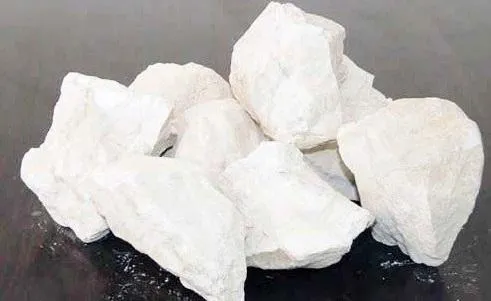
Heavy calcium powder
Heavy calcium powder is the short form of heavy calcium carbonate. It has a molecular formula of CaCO3. Its relative molecular weight is 100.00.
Heavy calcium powder/heavy calcium carbonate properties
White powder, colorless and odorless. Stable in air. Almost insoluble in water and insoluble in alcohol. It will boil and dissolve when it meets dilute acetic acid. It also reacts with dilute hydrochloric and nitric acid. When heated to 898°C, it begins to decompose into calcium oxide and carbon dioxide.
Heavy calcium powder is ground from natural carbonate minerals. It is also called heavy calcium carbonate. These include calcite, marble, and limestone. It is a common, powdery inorganic filler. It has high purity and is inert. It does not react easily. It is thermally stable. It does not break down below 400°C. It is white and has low oil absorption and refractive index. It is soft and dry. It contains no water and has low hardness and wear. It is non-toxic, tasteless, odorless, and disperses well.
Uses of heavy calcium powder/heavy calcium carbonate
It is usually used as filler. It is used in daily chemical industry. These include fake floor tiles, rubber, plastics, paper, coatings, paints, inks, cables, and building supplies. It is also used in food, medicine, textiles, feed, and toothpaste. It is used as a filler to increase product volume and cut costs.
Heavy calcium powder for coal-fired power generation industry
Coal-fired power plants will use heavy calcium carbonate powder as a flue gas disulfurizer. Flue gas desulfurization transforms calcium sulfite into calcium sulfite. It is made from calcium carbonate and sulfur dioxide. These form during the coal burning process. Then, it oxidizes sulfite into gypsum by exposing it to air. It has the potential to reduce sulfur dioxide emissions from coal plants by up to 90%. The desulfurized gypsum can be sold directly to cement factories or gypsum board factories. The calcium carbonate desulfurization powder’s dosage is related to sulfur in coal. Typically, a 300,000-kilowatt coal plant requires 40,000 tons of desulfurization powder per year.
Heavy calcium powder for rubber industry
Heavy calcium carbonate is one of the most widely used fillers in the rubber industry. Rubber contains a lot of heavy calcium. It increases product volume and saves costly natural rubber. This will significantly reduce costs. We add heavy calcium to the rubber. This improves its tear strength and wear resistance. It does this without using pure rubber vulcanization.
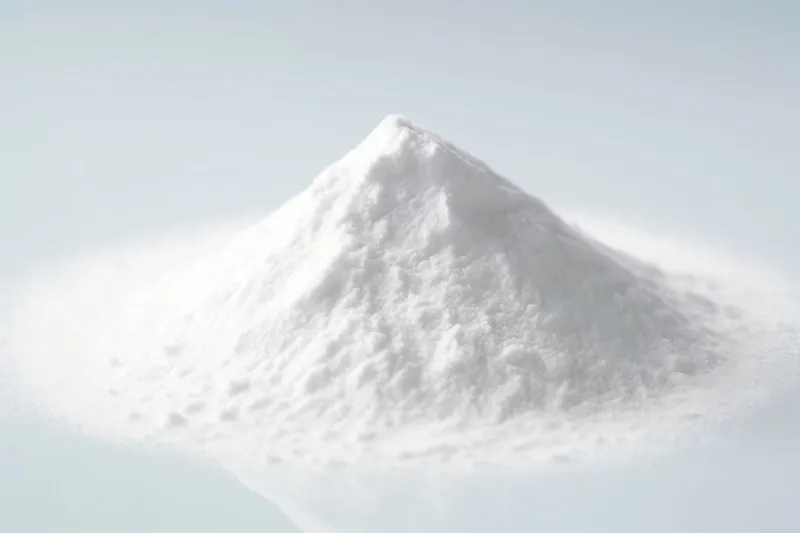
Heavy calcium powder for plastic industry
The powder has heavy calcium carbonate. It is used for both plastic and color masterbatch. It is 400 mesh. It must keep its whiteness after high-heat. The ore is a large, crystalline structure. It is made of calcite, which is 99% calcium carbonate. It has a 95% white. Heavy calcium is important in plastic products. It helps maintain their shape. This can also make products harder. It can improve the gloss and smoothness of their surface.
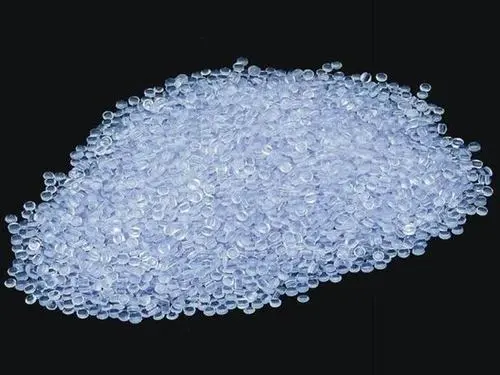
Heavy calcium powder for coating industry
The powder is heavy calcium carbonate. It’s used in both wood paint or latex paint. It’s either 800 or 1000 mesh. It has 95% whiteness and 96% calcium carbonate. The paint industry uses a large amount of heavy calcium. For example, the amount of blended paint is more than 30%.
Heavy calcium powder for water-based coating industry
The powder is for water-based coatings. It is either 800 or 1000 mesh. It is 95% white and 96% calcium carbonate. Heavy calcium plays a great role in the water-based coating industry. It can make the coating non-sticky, easy to disperse, and have good gloss. The dosage for water-based coatings is 20-60%.
Heavy calcium powder for paper industry
The calcium carbonate powder used for papermaking is heavy and 325 mesh. It needs to be 95% white and have 98% calcium carbonate. Heavy calcium is crucial to the papermaking industry. It makes the paper strong and white. And it does so cheaply.
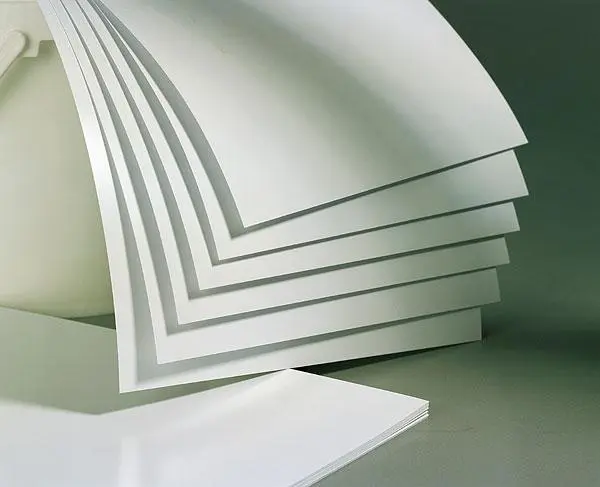
Heavy calcium powder for feed and fertilizer industries
In the feed industry, heavy calcium powder is used to add calcium. It replaces the original shell powder and cuts costs.
The chemical fertilizer industry uses heavy calcium powder. It has different whiteness for shaping particle size and adjust color.
Heavy calcium powder for construction industry (dry mortar, concrete)
The powder for dry mortar is heavy calcium carbonate. It is 325 mesh. It must be at least 95% white and have 98% calcium carbonate. Heavy calcium is important in concrete. It reduces production costs and boosts the toughness and strength of the product. It’s used in the construction industry.
Talcum
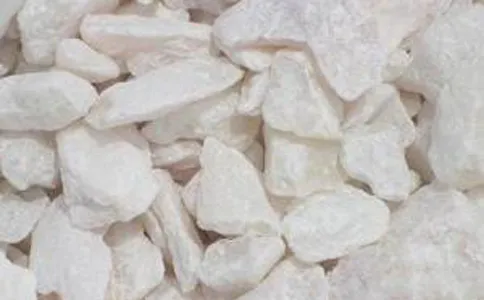
talcum powder
Talc is a magnesium silicate mineral. It is trioctahedral and has the molecular formula 3MgO·4SiO2·H2O. Talc is generally in the form of blocks, leaves, fibers, or radials and has a smooth feel. It has the characteristics of low hardness and high-melting point.
Talcum powder is well-protected against electricity and heat. It has low expansion and contraction force. It has high dispersibility, strong hiding power, and good oil absorption. It repels water. It is slippery, has low friction, and has stable chemical properties. It resists acid and alkali. . It has stable chemicals. Many industries use it. These include papermaking, chemicals, paint, ceramics, cables, and rubber.
Chemical grade talc
It is mainly used as filler in chemical industries. These include rubber, plastics, paints, and coatings.
Features: It makes the product more stable in shape and stickier. It also improves filling, covering, and sanding. It increases tensile, shear, bending, and pressure strength. It cuts deformation, elongation, and thermal expansion. It also has high whiteness and uniform, well-dispersed particles.
Ceramic Grade Talcum Powder
It is used to make high-frequency porcelain. It is also used in radio porcelain and many other types of ceramics. These include industrial ceramics, architectural ceramics, and daily ceramics and glazes.
Features: It doesn’t change color at high temperatures. It becomes whiter after baking. It has an even density, good gloss, and a smooth surface.
Cosmetic grade talc
Usage: It is a high-quality filler in the cosmetics industry.
Features: It contains a large amount of silicon. It blocks infrared rays. This enhances the sun protection and anti-infrared ray properties of cosmetics. Talc powder is slippery. It has pearl luster. It protects and beautifies the skin. It is easy to clean and non-toxic.
Pharmaceutical and food grade talc
Usage: Used as an additive in the medicine and food industry.
Features: It’s non-toxic and odorless. It’s highly white and blends in well. It adds gloss , smoothness, and a soft taste. The PH value is between 7-9, and it won’t change the product’s properties. It is a high-quality additive. It is stable when used in food and pharmaceuticals.
Paper grade talc
Usage: It is used to fill different high- and low-grade products in papermaking.
Papermaking grade talc has a few key features. It has high whiteness, stable particle size, and low abrasion. Paper made using talc powder can have a smooth, delicate surface. It can also have a high gloss, good toughness, and strong hygroscopicity. Adding it to the formula can save atomic materials. It can also increase the life of the grease network.
Other uses of talcum powder
The performance of talc powder determines its wide range of uses. In addition to the above uses, it can isolate wires and cables in production. It also demolds molds and absorbs moisture in daily life. And it lubricates in sports and casting. It is mainly used for talcum powder’s properties. These are smoothness, softness, dryness, and heat resistance.
About the use of talc powder and heavy calcium powder
Talcum powder and heavy calcium powder are both used for filling. Their main purposes are:
1. Increase dimensional stability (that is, reduce shrinkage)
2. Increase the stiffness of the material
3. Increase the heat resistance of materials
4. Reduce material costs and other aspects
But it also has its drawbacks: 1. Increased oil absorption, 2. Improper use, decreased impact toughness of the material, 3. Decreased gloss of the material.
Talcum powder and heavy calcium powder have the same particle size distinction. They are both ground from natural minerals. They are generally 325 mesh, 400 mesh, 600 mesh, 800 mesh, 1250 mesh and 2500 mesh. Of course, there are finer grades. The 6000 mesh is even higher. It’s used in plastics. The 800 and 1250 mesh can be chosen. They have the best performance/price ratio.
The shapes of talc powder and heavy calcium powder are different.
1. Talc powder is flake-shaped. So, it is stiff, stable, and heat-resistant. It also reinforces well.
2. Calcium carbonate is usually granular. So, its stiffness and other aspects are not as good as talc powder. But, it is cheaper, white, and has little impact on the toughness of plastics.
3. Talcum powder nucleates polypropylene. Calcium carbonate has no such effect.